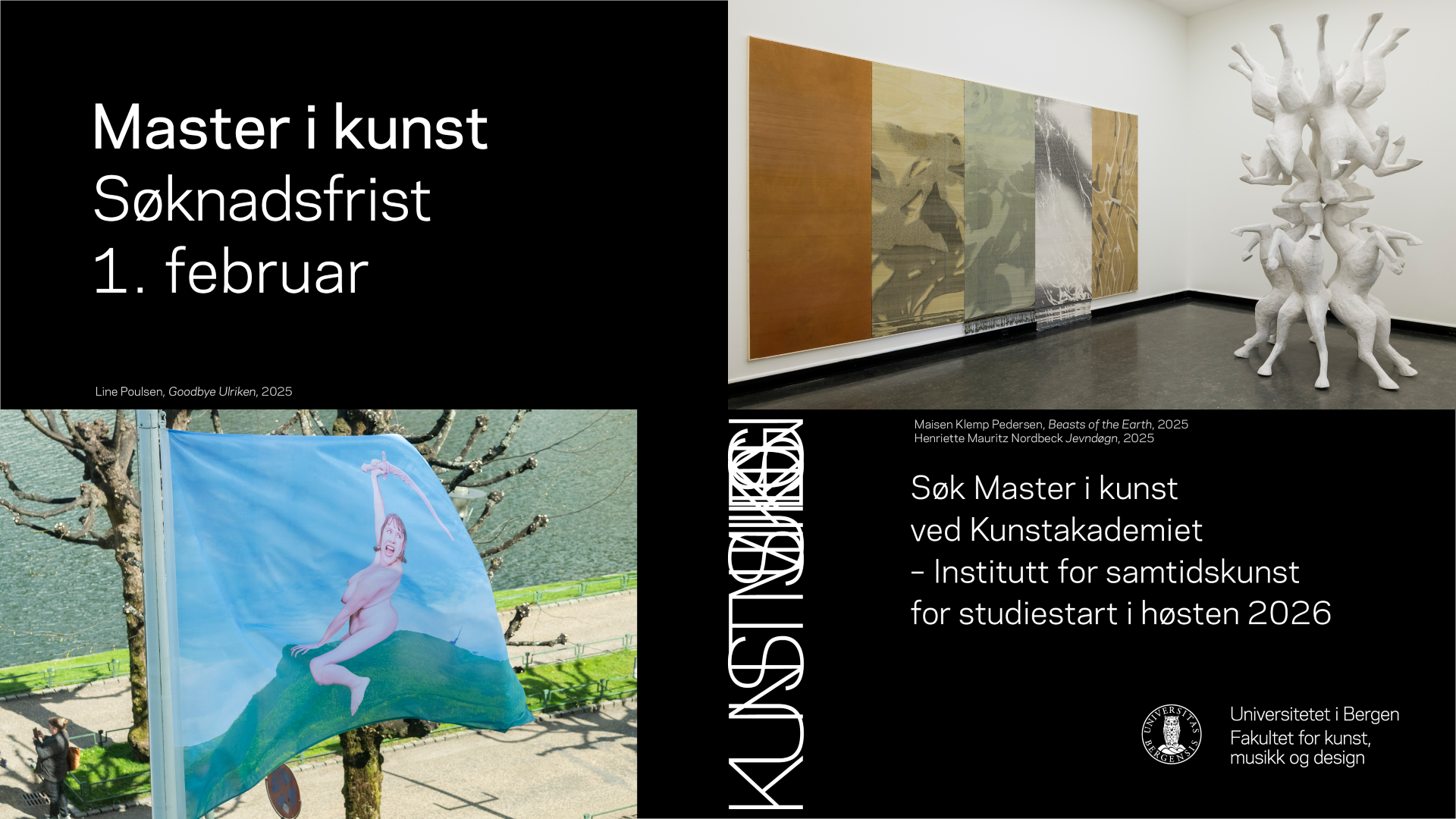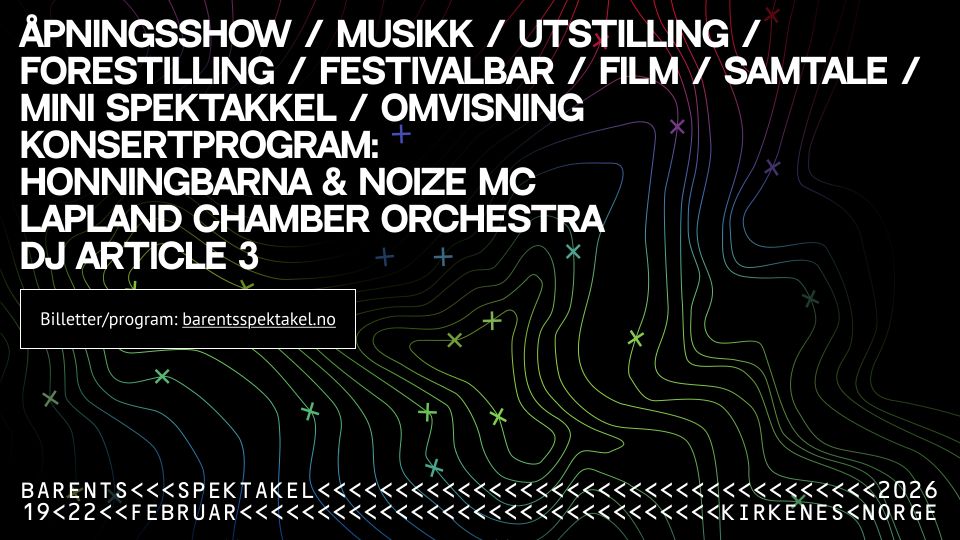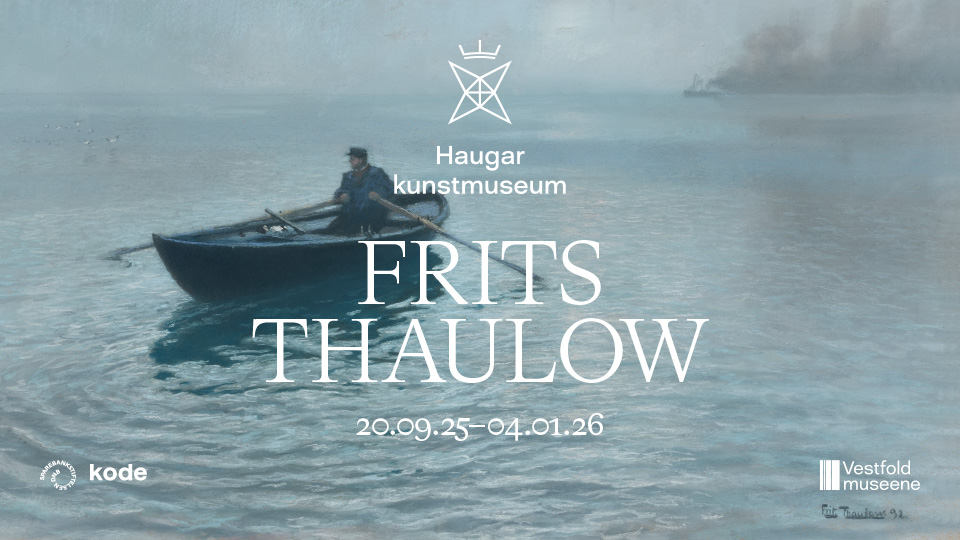
Vejen til Palmyra (The Road to Palmyra), Glyptoteket, Copenhagen
Two hours at the Glyptotek is enough to make you forget you don’t actually live in a culturally sophisticated nation. Especially if you go to see the exhibition about Palmyra, an ancient oasis city located in present-day Syria, and one of antiquity’s true cosmopolitan societies. Upon entering the exhibition, you are greeted by a topographic model showing the many invasions of Palmyra over time, from the Roman Empire all the way up to the devastating destruction wrought by ISIS in 2015, which reminds us of the sad topical events also at stake here. The focal point is approximately one hundred limestone reliefs: funerary portraits of Palmyrene people dating from the period 0–300 CE. The representations of the city’s famous Queen Zenobia exert a particular fascination. Brilliantly, the exhibition allows us to follow the museum’s ongoing polychromy research, which re-envisions the Syrian pop princess in all her glorious likely polychromy.

Ann Sophie von Bülow, Det Kosmiske Hierarki, Freetown Christiania, Copenhagen
Having lived next door to Christiania for many years, I have long yearned for the freetown to become as savvy about visual art as it is about music. Finally, 2019 brought about an update of the cheerful peace-dove-and-heart aesthetic dating all the way back to the Freetown’s dawn in 1971. Moving at an unhurried pace, month by month, Det Kosmiske Hierarki (The Cosmic Hierarchy) was conceived by artist Ann Sophie von Bülow, who grew up in Christiania (of course, otherwise the whole thing wouldn’t have been possible). The first chapter was set in the Staden Museum for Kunst (The Freetown Museum of Art), and was quite simply an exhibition displaying Christiania’s permanent collection. Brilliant, bonkers, and Danish art history of the highest calibre. The Hierarchy then rolled on with a succession of presentations at various locations within the community: Joachim Koester was featured in the community cinema; Cecilie Skov’s amorphous aluminium sculptures lit up the Forest of the Future; and in my favourite shop of all, The Green Hall (an upcycling market that has absolutely everything), Gianna Surangkanjanajai snuck in her sculptural parallel world, which merged almost entirely with the many boards, boxes, and tubes already cluttering up the place. To this is added a weekly (!) column by Mira Winding in the Christiania newspaper, Ugespejlet (The Weekly Mirror). Det Kosmiske Hierarki not only brings hope to those on the younger scene who are tired of the lacklustre ‘culture is good for the eyes’ credo that characterises many Danish art institutions. It also shows backbone at a time when Copenhagen is being beaten into submission by neoliberal urban development projects which are squeezing all offbeat left-field peculiarities out of every nook and cranny they can find. Christiania, you have my heart, again.

Hannah Ryggen, Woven Manifestos, Schirn Kunsthalle, Frankfurt. Curated by Marit Paasche and Esther Schlicht
Over the years, I have followed the Norwegian craze for Hannah Ryggen from something of a distance here in Copenhagen. I must even admit that, for me, the presentation of her work at Documenta in 2013 got somewhat lost within the general object-oriented jumble. So I never really saw Ryggen’s weaving until now, and I was surprised by the sheer monumentality, the political messages and, not least, the humour to be found there. Ryggen comments on General Franco’s coup in Spain, Mussolini’s invasion of Ethiopia, and appears so intensely present in her own time even though she was just about as physically far removed from the world’s hotspots as you could possibly get – living on her farm in Norway, seated at her home-built loom, using wool she dyed herself with the help of the surrounding nature: bark, moss, birch leaves, heather, cones, and wild cherries. Consider me a convert to the cause!


















